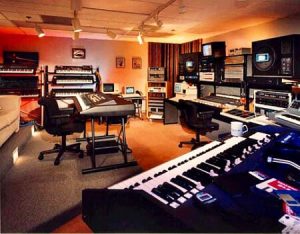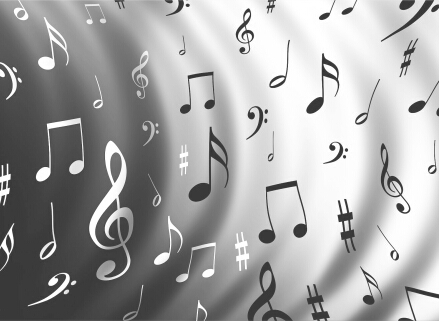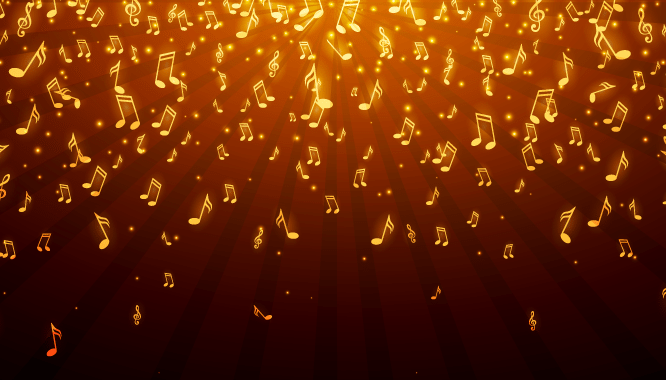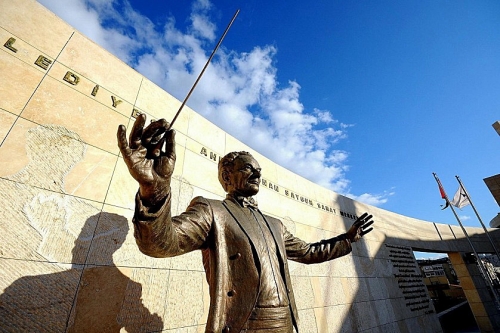identical tones
About recordings and studios
 I was very surprised when I learned that the musicians know very little about the recording and the studios. But this knowledge is one of the most important in the creation of a musical product. Musicians (musicians, vocalists, composers) are not to blame for their ignorance, because they are often smart people. They just are not well aware. Understanding all the main features gives you the opportunity to determine exactly: what to do, how to do it, what hinders it and how to solve the problems that arise. This article does not just tell you about the main technical aspects of the record, but also about the psychology of a successful product, features of the process organization, financial side of the record. Continue reading
I was very surprised when I learned that the musicians know very little about the recording and the studios. But this knowledge is one of the most important in the creation of a musical product. Musicians (musicians, vocalists, composers) are not to blame for their ignorance, because they are often smart people. They just are not well aware. Understanding all the main features gives you the opportunity to determine exactly: what to do, how to do it, what hinders it and how to solve the problems that arise. This article does not just tell you about the main technical aspects of the record, but also about the psychology of a successful product, features of the process organization, financial side of the record. Continue reading
Strengthening cathartic experiences with music
 One glance at a person who has in his memory a painful experience, actualized in the present, is enough to determine the presence of this experience. Usually, a person tries to hide an emotion that is struggling towards realization, perhaps interpreting it as negative.
One glance at a person who has in his memory a painful experience, actualized in the present, is enough to determine the presence of this experience. Usually, a person tries to hide an emotion that is struggling towards realization, perhaps interpreting it as negative.
But the tensions that arise in a person who suppresses his emotions, help to destroy the “primary essence”, which increases the alienation peculiar to most people from themselves and others (Lowen, 1975). According to Lowen, the “primary essence” is the pleasure of life, the source of which is the freedom of movement and the absence of tension in the body. Continue reading
Brain “under the jazz”
 When jazz musicians improvise, areas that are responsible for self-censorship and inhibition of nerve impulses are turned off in their brain, and instead, areas that open the way for self-expression are turned on.
When jazz musicians improvise, areas that are responsible for self-censorship and inhibition of nerve impulses are turned off in their brain, and instead, areas that open the way for self-expression are turned on.
A companion study at the Johns Hopkins University, in which volunteer musicians from the Peabody Institute participated, and in which the functional magnetic resonance imaging (fMRI) method was used, shed light on the mechanism of creative improvisation that artists use in everyday life.
Jazz musicians, improvising, create their own unique riffs by turning off braking and turning on creativity.
Scientists from the Medical University, National Institute of Deafness speak about their interest in a possible neurological basis of a state close to the state of trance, into which jazzmen fall, starting spontaneous improvisations. Continue reading



